Houses
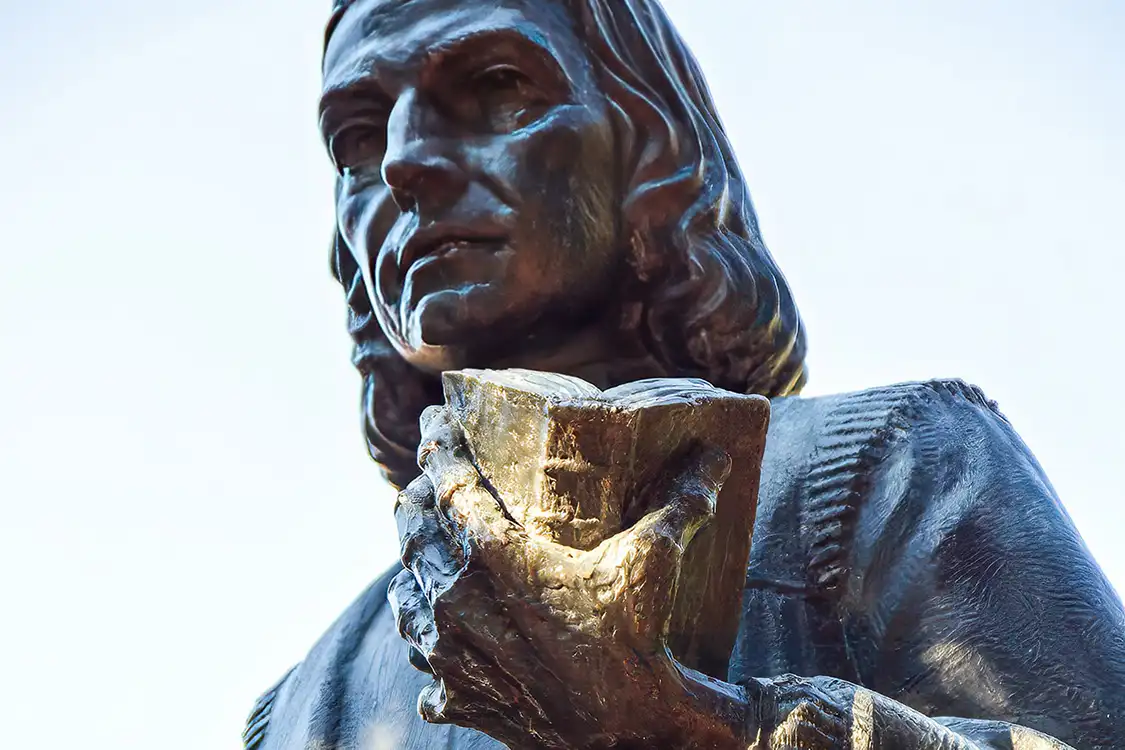
Reynolds Square
At the top of Abercorn Street is Reynolds Square, originally laid out in 1734 as Lower New Square, but renamed in honor of the Royal Governor John Reynolds.

Crawford Square
Laid out in 1841, Crawford is the only of Savannah’s squares with recreational equipment: a basketball court, won by the neighborhood after a 1946 tournament.

Inside a Savannah Mansion
On New Year’s Eve, we were invited into the home of an old-school Savannahian. Our soft-spoken host, Alvin, was a true southern gentleman, as gracious as possible.
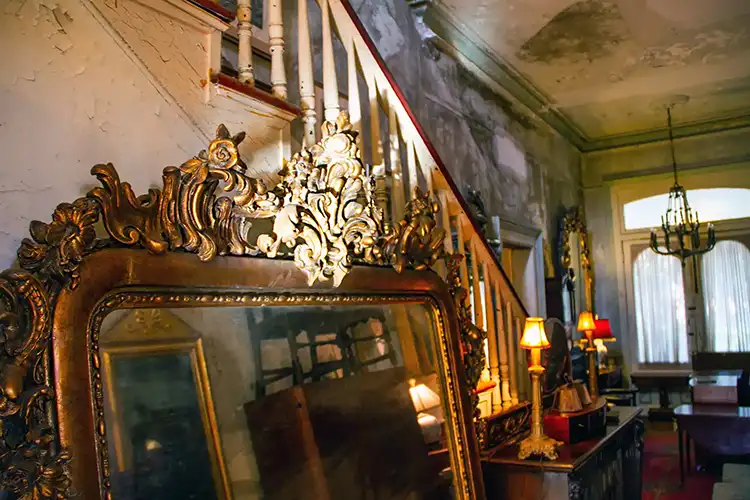
Alex Raskin Antiques
Alex Raskin Antiques is a must-visit, whether you’re in the market for antiques or just curious. The store offers a fascinating array of wonderful and strange pieces
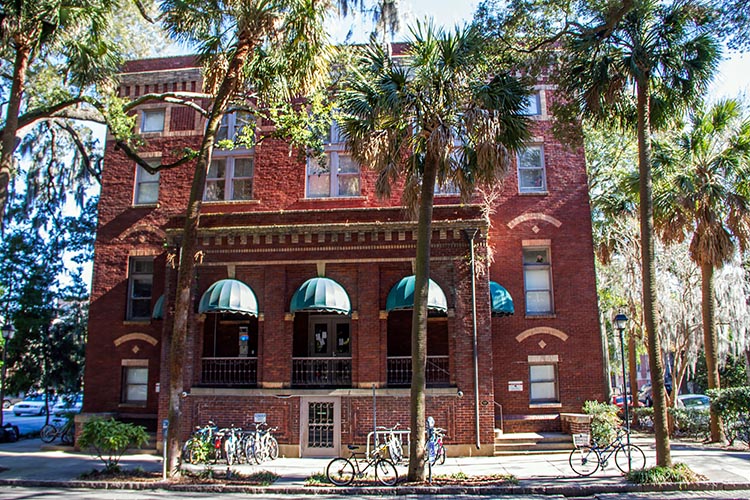
Pulaski Square
Pulaski Square is devoid of monuments; there’s not even one honoring its namesake (Pulaski’s obelisk is in Monterey Square).
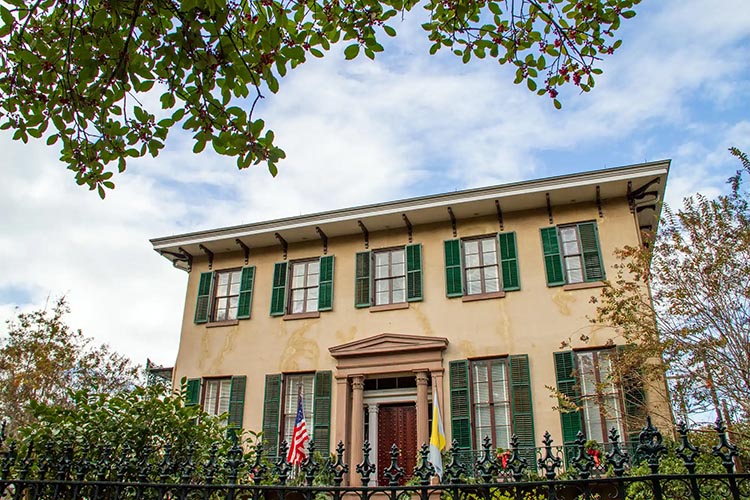
The Andrew Low House on Lafayette Square
Andrew Low was a Scot who moved to Savannah when he was sixteen. He entered the cotton business and, by the time he was in his thirties.
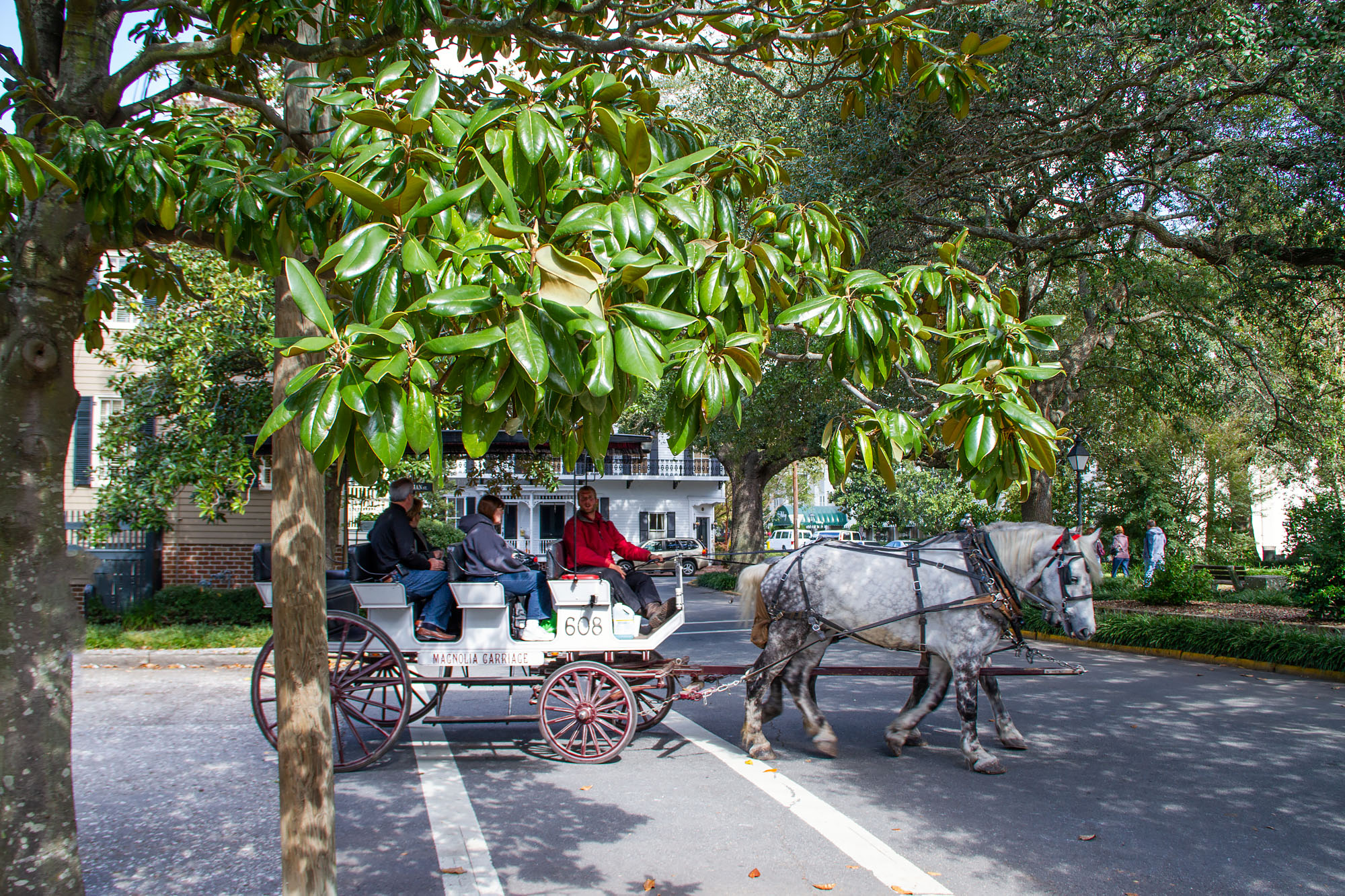
Washington Square
The most northeastern of Savannah’s squares, Washington is a lovely garden in a quiet residential neighborhood. It was named in honor of our first president, who visited the city shortly after his election.

